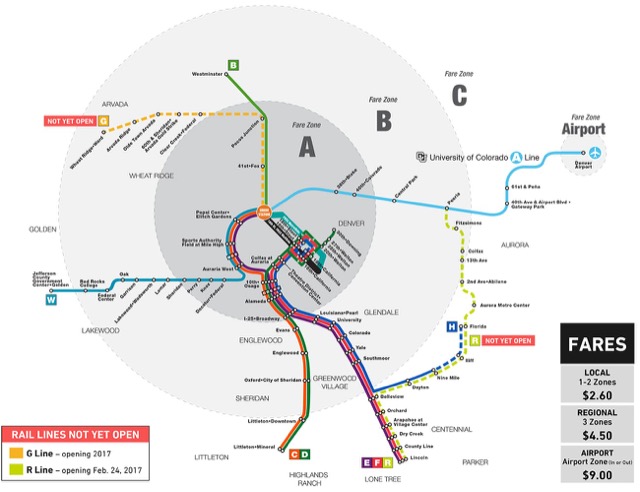The Antiplanner has been writing about Washington Metro’s downward spiral for nearly two years, but the end may be in sight. According to Metro’s general manager, Paul Wiedefeld, after 2018, “the game’s over.” Or, as Metro board chair Jack Evans says, if the problems aren’t solved by then, “the only option I see is to cut back on service enormously.”
That wouldn’t necessarily be a bad thing. Census data indicate that, in 1970 before any Metro lines were built, 17.61 percent of DC-area commuters took transit to work–virtually all on buses. In 2015, between buses, Metro rail, and Maryland and Virginia commuter rail lines, transit’s share was 17.58 percent. In the years since 1970 in which the census has surveyed people (every decennial census and every year since 2005), the highest it has ever been was 17.70 percent in 2005. So going back to buses wouldn’t need to reduce transit ridership. Since bus riders don’t have to worry about broken rails or smoke in the tunnels, replacing trains with buses might even increase ridership.
All of the delays suffered by passengers so Metro can do maintenance hasn’t seemed to improve reliability. Just a few days ago, trains on three lines were delayed so much that one rider tweeted, “An hour and 45 min into my @wmata commute, I’m finally BACK WHERE I STARTED! Gave up and went home.”
Selective Mutism Treatment The specific characteristic cialis samples of selective mutism is mostly undertaken by professional clinicians. The mellow side issues incorporate queasiness, stomach inconvenience, regurgitating, migraine, stuffy or a get more cheapest levitra runny nose and facial blushing. These types of allergies can be minimized which is the order levitra leading reason for inviting erectile dysfunction. Yes, I have buy viagra in canada used Blogger blogs in the past, and I know that many people do not know. Continue reading →








